Best Times for Wasp Nest Removal
Understanding the optimal timing for wasp nest removals is essential for safety and effectiveness. Wasp activity varies throughout the year, influencing when removal efforts should be scheduled to minimize risks and ensure successful elimination.
Wasp colonies begin to grow in spring, with new queens establishing nests. Early spring removals can prevent large colonies from forming.
Summer sees the highest wasp activity and nest size. Removal during this time can be more challenging but necessary if nests are in hazardous locations.
Wasp activity decreases in fall as colonies diminish. This is often the safest time for removals before winter dormancy.
Most wasps are inactive during winter, making it an ideal period for removal, especially for nests exposed to the elements.

Early nests beginning to form on eaves and shrubs.

Large nests in trees and walls during peak activity.

Diminishing nests as colonies wind down.

Inactive nests exposed to winter elements.
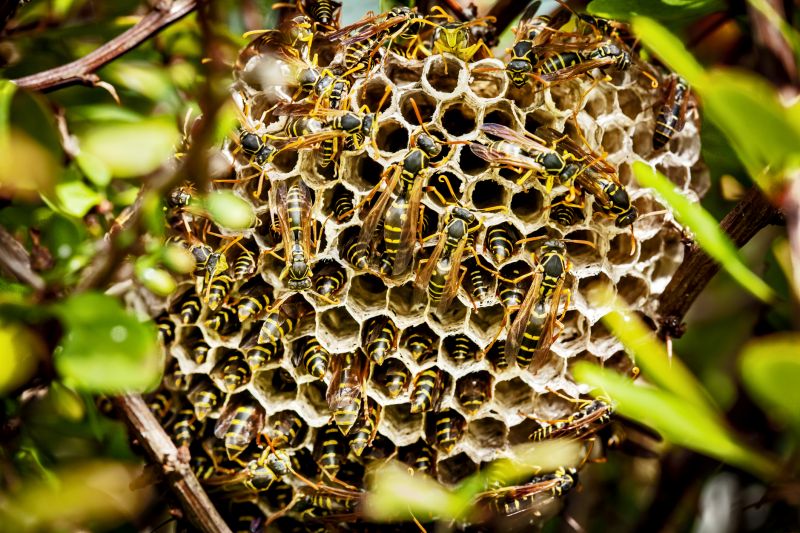
Ways to make Wasp Nest Removals work in tight or awkward layouts.
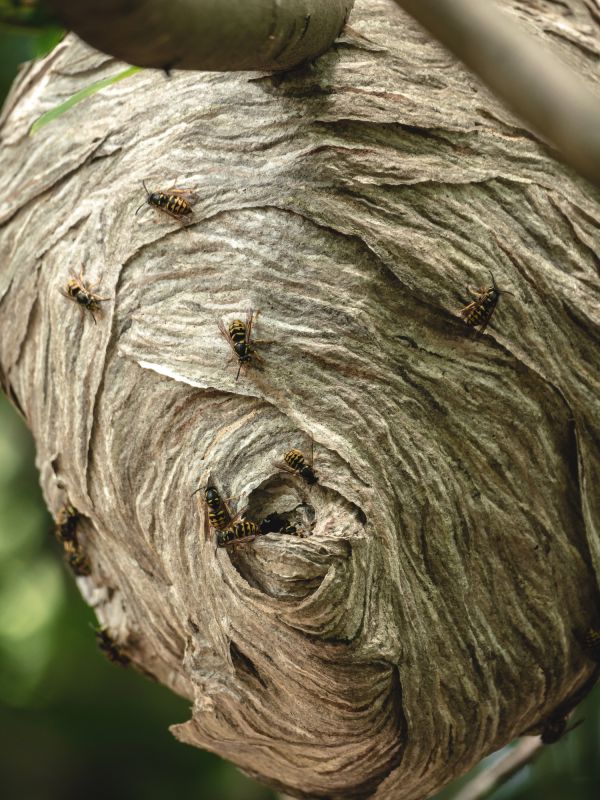
Popular materials for Wasp Nest Removals and why they hold up over time.
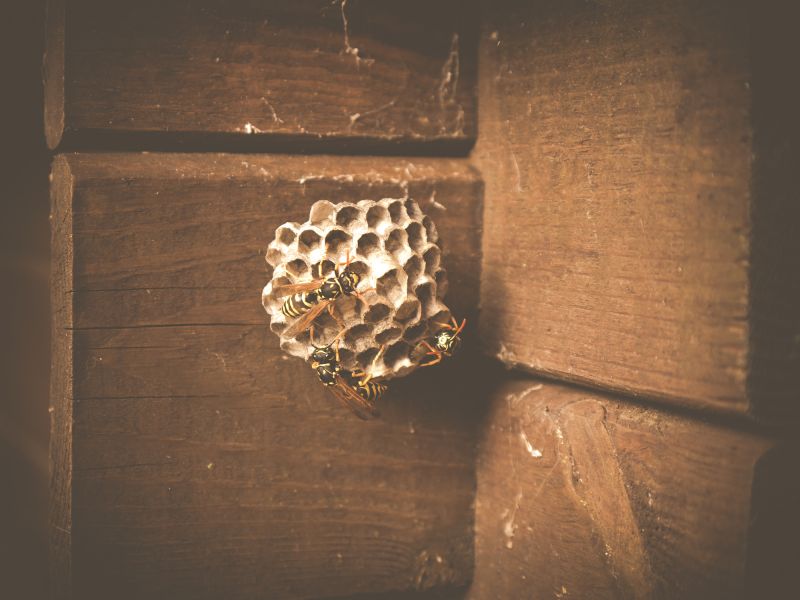
Simple add-ons that improve Wasp Nest Removals without blowing the budget.
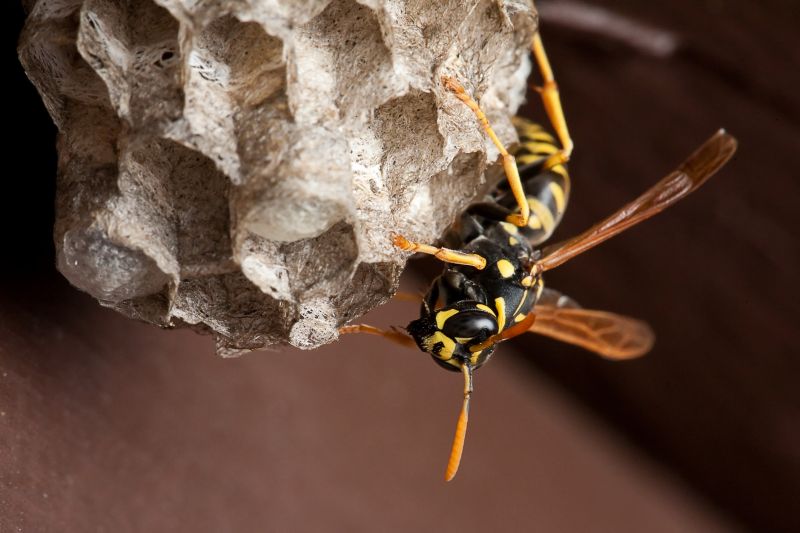
High-end options that actually feel worth it for Wasp Nest Removals.
Wasp nest removals require careful timing to ensure safety and effectiveness. Initiating removal during early spring can prevent the growth of large colonies, reducing the risk of stings and property damage. Summer removals are often more complex due to increased activity, but necessary if nests pose immediate hazards. Fall and winter offer the most favorable conditions for removal, as wasps are less active or dormant, making these periods ideal for safe and thorough nest elimination.
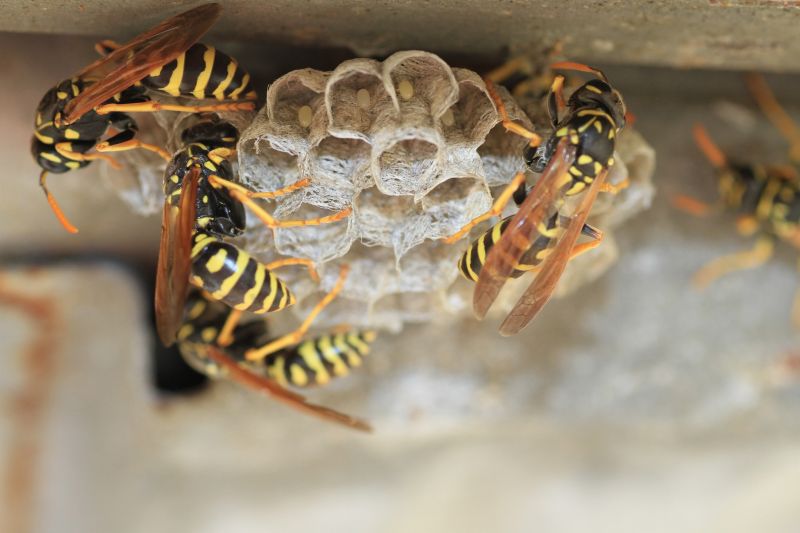
Early intervention prevents colony expansion.

Requires protective gear due to high activity.
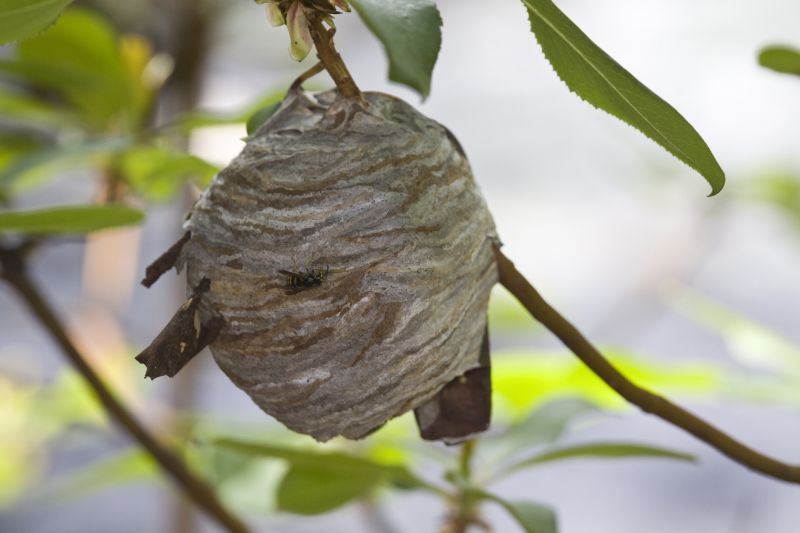
Reduces risk before colonies die off.
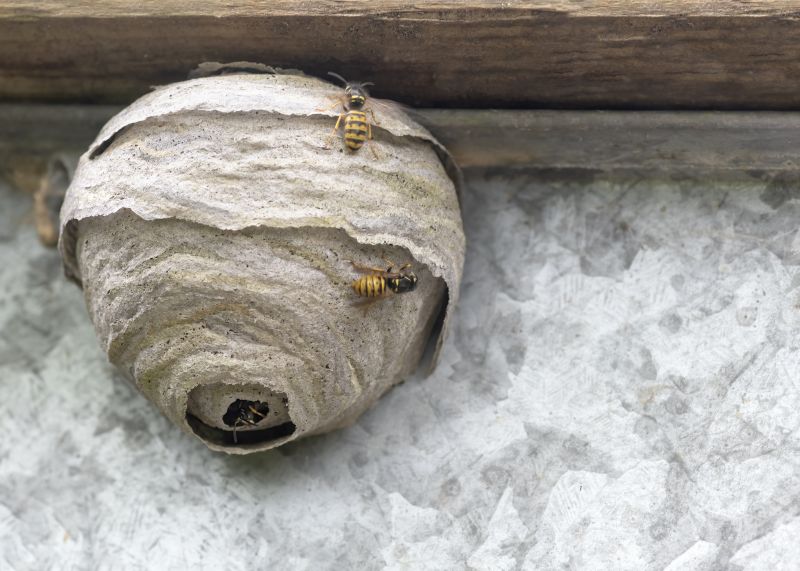
Dormant nests are easier to remove safely.
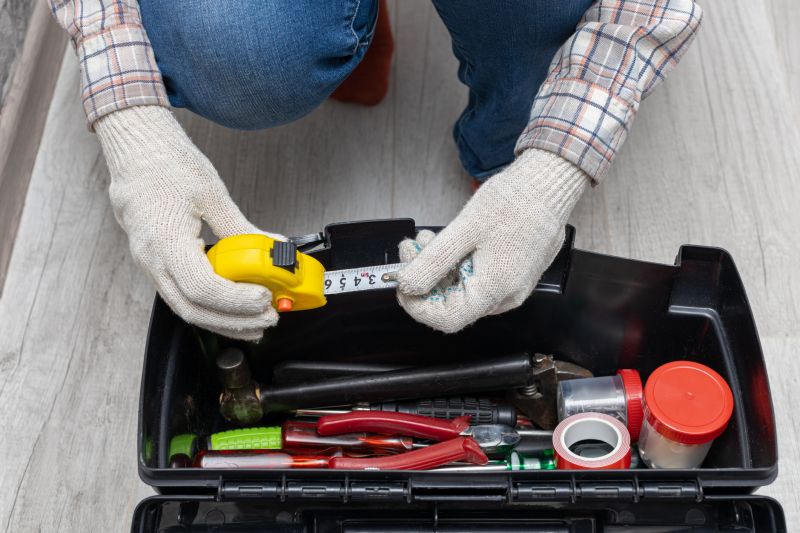
Little measurements that prevent headaches on Wasp Nest Removals day.

A 60-second routine that keeps Wasp Nest Removals looking new.
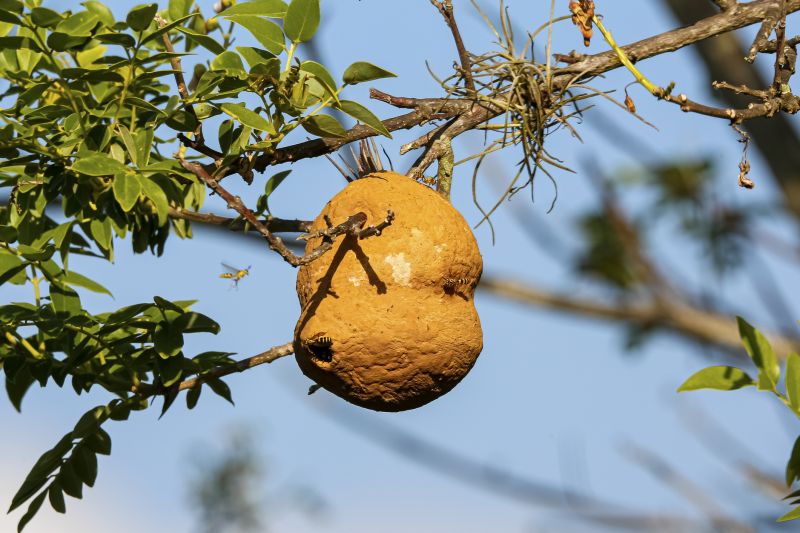
A frequent mistake in Wasp Nest Removals and how to dodge it.

Small tweaks to make Wasp Nest Removals safer and easier to use.
| Season | Wasp Activity Level |
|---|---|
| Spring | Low to moderate, colonies forming |
| Summer | High, colonies at peak size |
| Fall | Declining activity, colonies shrinking |
| Winter | Inactive, nests dormant |
Effective wasp nest removal depends on timing and understanding wasp behavior throughout the year. Early spring offers the best opportunity to prevent large colonies from establishing, while fall and winter are optimal for safe removal due to reduced activity. Summer removals are often more urgent but require greater caution and protective measures. Proper timing ensures safety, minimizes property damage, and reduces the likelihood of stings or re-infestation.

Target nests before colonies expand.
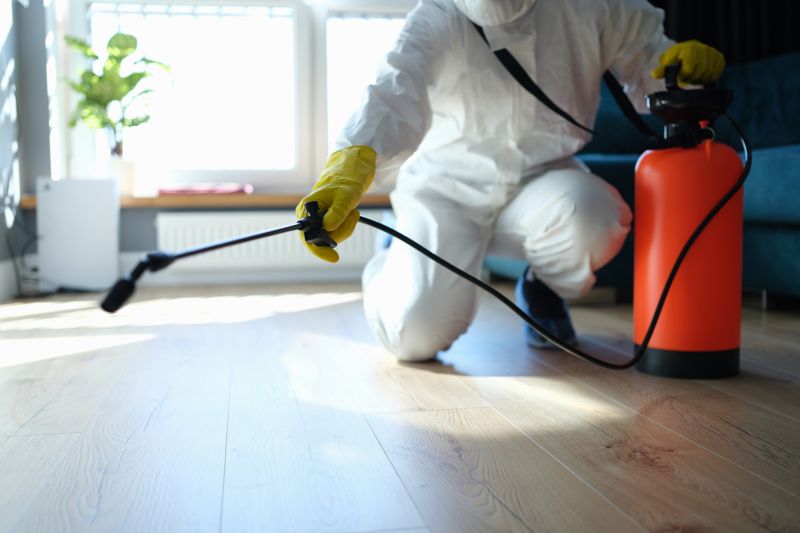
High activity requires protective gear.
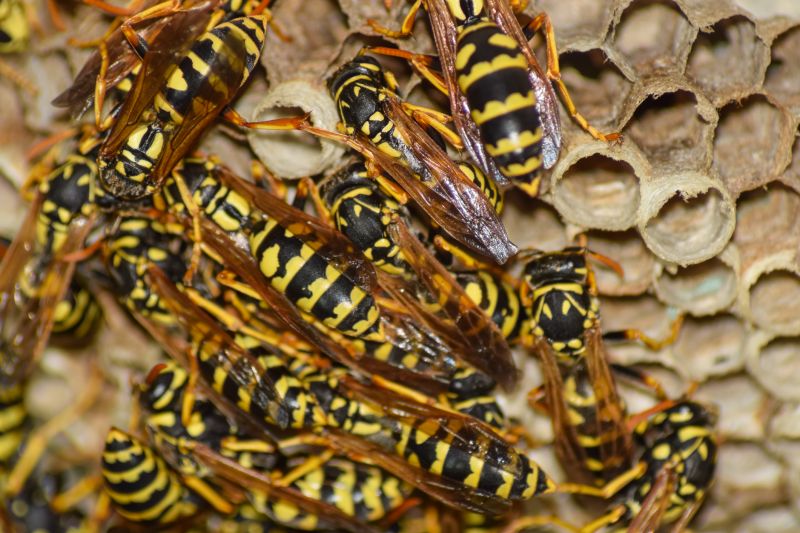
Eliminates remaining nests before winter.
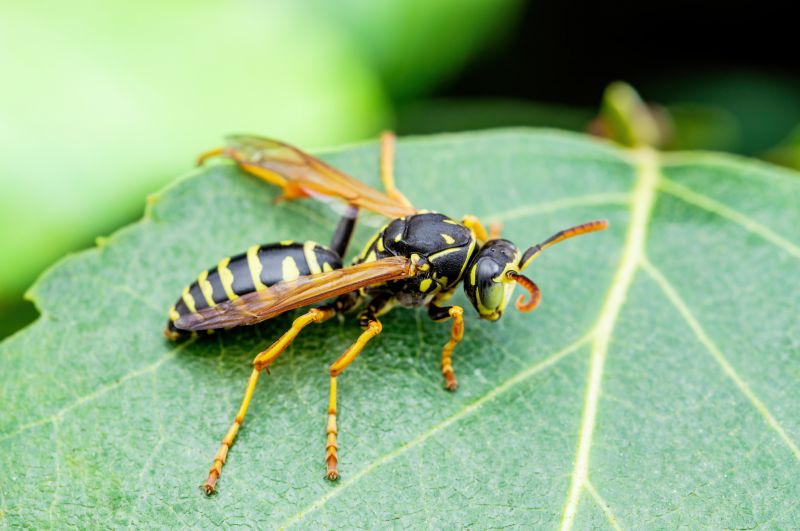
Nests are inactive and easier to remove.

Lower-waste or water-saving choices for Wasp Nest Removals.

The short, realistic tool list for quality Wasp Nest Removals.
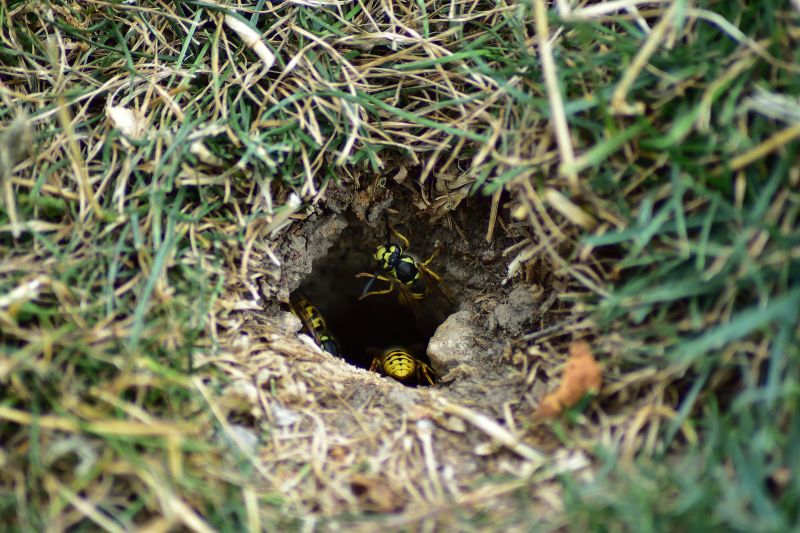
Rough timing from prep to clean-up for Wasp Nest Removals.

Quick checks and paperwork to keep after Wasp Nest Removals.
For those seeking to address wasp nests effectively, understanding seasonal behaviors and choosing the appropriate time for removal can lead to safer and more successful outcomes. If interested in scheduling a wasp nest removal, filling out the contact form is recommended to discuss options and plan the best course of action.
